In this article, we will explain the characteristics of everyday life in Ancient Egypt. Ancient Egypt is a civilization that has fascinated people for centuries. From the towering pyramids to the enigmatic hieroglyphics, this ancient society continues to captivate us with its mysteries and wonders. But what was everyday life really like in ancient Egypt? In this article, we will explore 10 strange and surprising facts about what daily life was like for the ancient Egyptians. From their bizarre beauty rituals to their love of cats, we will delve into the quirks and curiosities of this remarkable civilization. Join us on a journey back in time to uncover the hidden truths of life in ancient Egypt.
Knowledge and Writing in Ancient Egypt’s Everyday Life
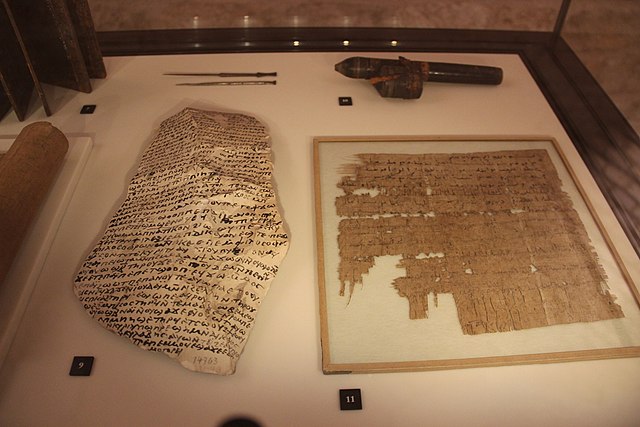
The invention of papyrus, from which the name “paper” in English derives, was but one of the many technological advances made by the ancient Egyptians. The development of the ramp and lever, as well as advances in mathematics and astronomy (which were also used in construction, as evidenced by the roles and locations of the pyramids and some temples, such as Abu Simbel), irrigation and agricultural production advancements (possibly learned from the Mesopotamians), boat building and aerodynamics (possibly initiated by the Phoenicians), and the wheel (brought to Egypt by the Thracians) were also accomplished by the Egyptians (brought). The Kahun Gynaecological Papyrus (about 1800 BCE) is early literature on women’s health issues and contraception, whereas the Edwin Smith Papyrus (around 1600 BCE) is the oldest writing on surgical methods. Egypt is credited with creating a dental paste, toothbrushes, toothpicks, and even breath mints. They developed Mesopotamian beer brewing methods and created bowling.
Ancient Advanced Artifacts in Everyday Life In Ancient Egypt
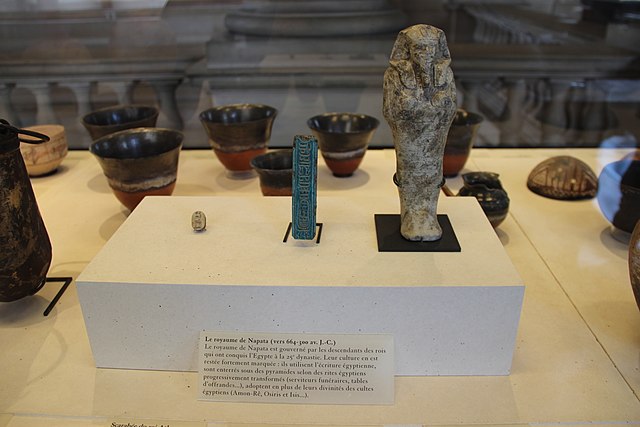
Egyptian art and architecture are renowned around the world for their precision and beauty. Major achievements in the civilization included furniture, furniture manufacture, and the smelting of bronze and gold. Egyptians placed a high value on personal hygiene and attractiveness; as a result, they routinely cleaned, scented themselves with perfume and incense, and created cosmetics for both men and women. Shaving, the wig, and the comb were initially created by the Egyptians. By 1600 BCE, Egypt had both the water clock and the calendar in use. The famous Dendera Light painting on the façade of the Hathor Temple has led some people to believe that they were even aware of the electrical theory. Some people have claimed that the wall drawings show a light bulb and figures attaching it to an energy source. On the other hand, this interpretation has been overwhelmingly rejected by the scholarly community.
Close Cultural Relation between Egypt and the Egyptians
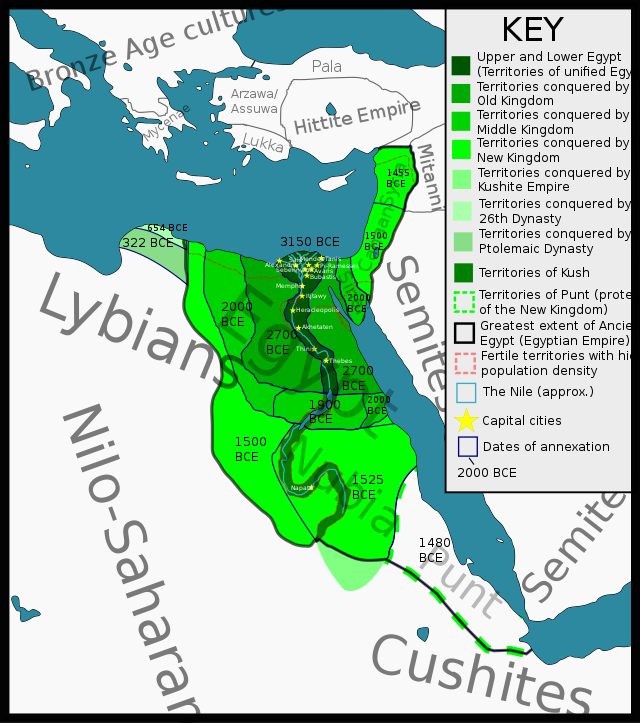
In terms of daily living, the Egyptians appear to be comparable to other ancient peoples. They were just like the people of Mesopotamia, India, China, and ancient Greece in that they lived in modest dwellings, raised families, and enjoyed life. Egyptian culture stood apart from other cultures because the Egyptians believed the land was closely related to their own salvation and they had a profound fear of dying outside of Egypt. Those who worked as travelers or served in the military made plans for their bodies to be returned to Egypt in the event that they passed away. Being interred someplace else meant that one was destined to nonexistence. The fertile, black ground of the Nile River Delta was the only place designated by the gods for the soul’s rebirth in the hereafter.
Dedication to Egypt Land
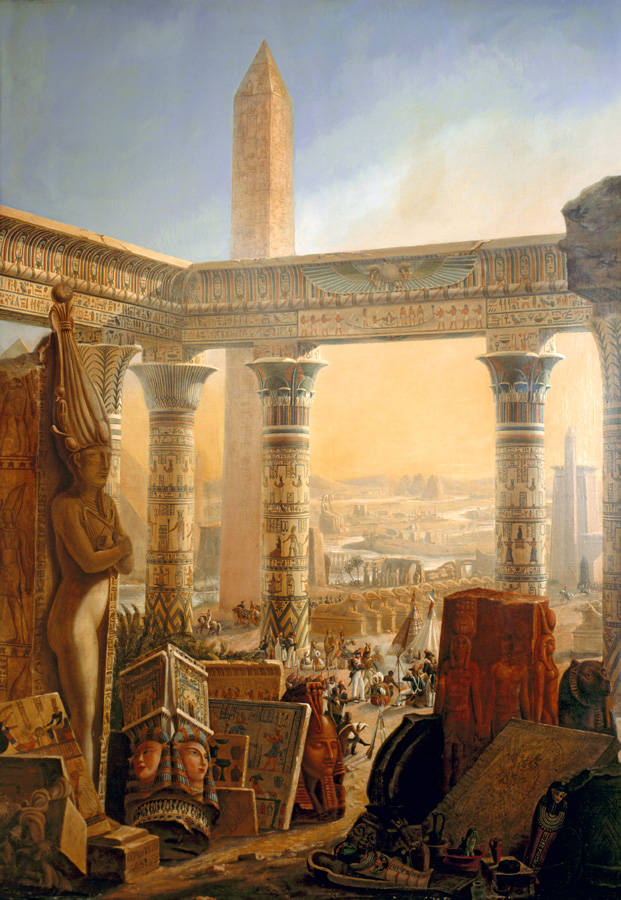
Due to their devotion to their country, Egyptians were not great world travelers, and there is no “Egyptian Herodotus” to leave traces of the ancient world outside of Egyptian borders. Egypt’s desire to stay in Egypt won out even in international negotiations and treaties.
Additionally, individuals did not go far from their homes inside the boundaries of the nation; the majority of people lived and passed away in the same location, with the exception of periods of war, famine, or other unrest. Because it was believed that one’s hereafter would be a continuation of one’s present (only better because there wouldn’t be any suffering, illness, or death, of course), one’s environment in the afterlife would be the place where one lived. In the hereafter, each yard, tree, and stream that one regularly sees from their window would be exact copies. As a result, Egyptians were advised to live within their means and to be appreciative of and happy with their immediate environment.
Weddings were Very Straightforward
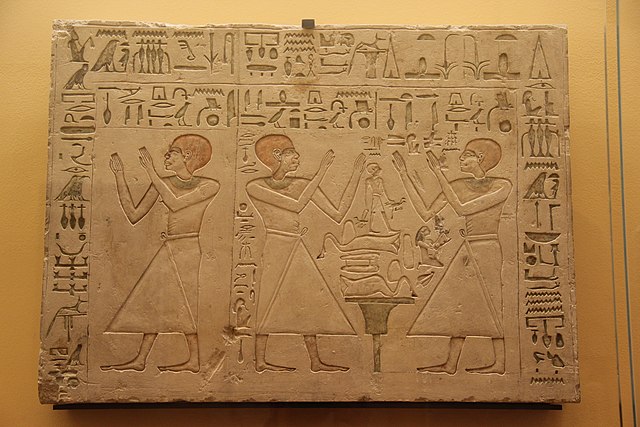
The ancient Egyptians had no concept of a wedding ceremony. A woman recently moved in with a man and told her parents about the arrangement. Once they shared a roof, they were considered husband and wife. Women typically got married when they were 12 or 13. Men who got married typically ranged in age from sixteen to twenty. The ancient Egyptians expected couples to remain devoted to one another while bearing numerous offspring. The couples were frequently genuinely in love. In the 1956 film, The Ten Commandments/Creepy Catalog directed by Cecil B. DeMille, Black Nubian diplomats appeal to the White Egyptian kings. Contrary to popular perception, the ancient Egyptians did not marry their relatives. There were no weddings of cousins, sisters to brothers, or daughters to their fathers. Only the royals got married or had incestuous connections. Due to incest, their offspring were born with significant genetic defects.
Swimming and rowing were quite popular in all of the classes
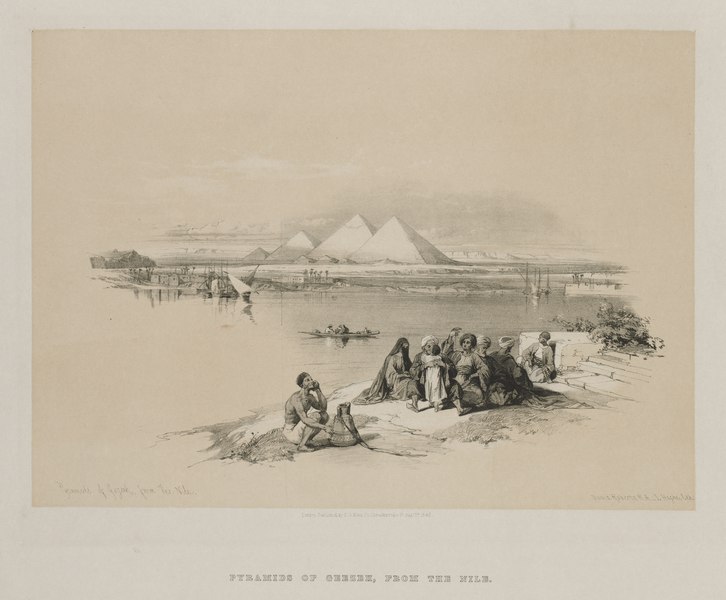
Egyptian culture placed a high value on swimming, and young children were taught to swim from an early age. Water sports were very important to Egyptian recreation because the Nile River played such a significant role in their daily lives. Two little boats with one or two rowers and one jouster in each raced against one another in what appears to have been a popular sport known as water jousting. The rower (or rowers) in the boat attempted to maneuver intelligently while the combatant attempted to knock his opponent out of the boat. They also enjoyed playing games like catch and handball, which are still popular today, even though they had nothing to do with the river.
Ancient Egyptians Homes and Garden as a Part of Everyday Life In Ancient Egypt
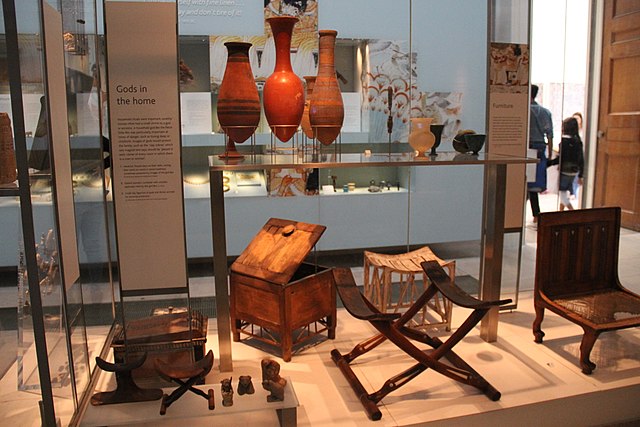
The Egyptians valued gardens and simple home furnishings highly. Not only was a home garden essential for survival, but it was also delightful to take care of one’s own crop. Field laborers were never permitted to work their own crops, thus each individual garden served as a source of pride in producing something special from their own soil.
This land was highly treasured since it would be their eternal home after they died. A tomb inscription from 1400 BCE alludes to the sycamore’s perennial quality by reading, “May I stroll every day on the banks of the lake, may my spirit rest on the branches of the trees which I established; may I refresh myself under the cover of my sycamore.” An inscription from a tomb dating from 1400 BCE makes reference to the constant component of every Egyptian’s daily environment: “May I wander every day on the banks of the water, may my spirit rest on the branches of the trees which I established, may I replenish myself under the shadow of my sycamore.” In an everlasting country of peace bestowed upon the Egyptians by the gods they worshipped, one may continue to enjoy one’s own sycamore tree and daily walks by the lake after death.
Ancient Egyptians believed in marriage after the death
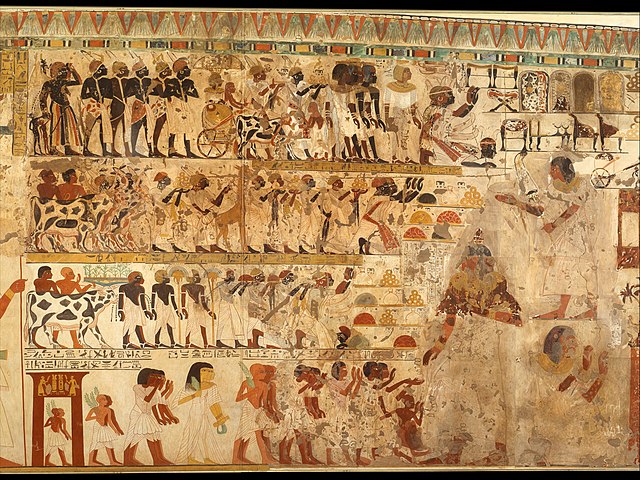
Ancient Egyptians thought that marriage would continue after death, or in the afterlife, even though it was designed to endure a lifetime. Men typically only lasted into their thirties, while women typically gave birth to children as early as sixteen and generally lived slightly longer than men. The possibility of seeing one’s spouse again might have helped to reduce the grief of death if the couple had a strong bond. According to tomb murals and inscriptions, the couple is depicted in the Field of Reeds having fun together and engaging in the same pastimes they did on earth. Making one’s life as pleasant as possible on earth so that one may enjoy it endlessly was a desire of the everyday life in Ancient Egypt, who believed in eternity. This idea served as a crucial foundation for a marriage. The prolongation of one’s life was the only concept of “heaven” to the Egyptians; there was no heavenly realm.
Egyptians of both sexes wore makeup
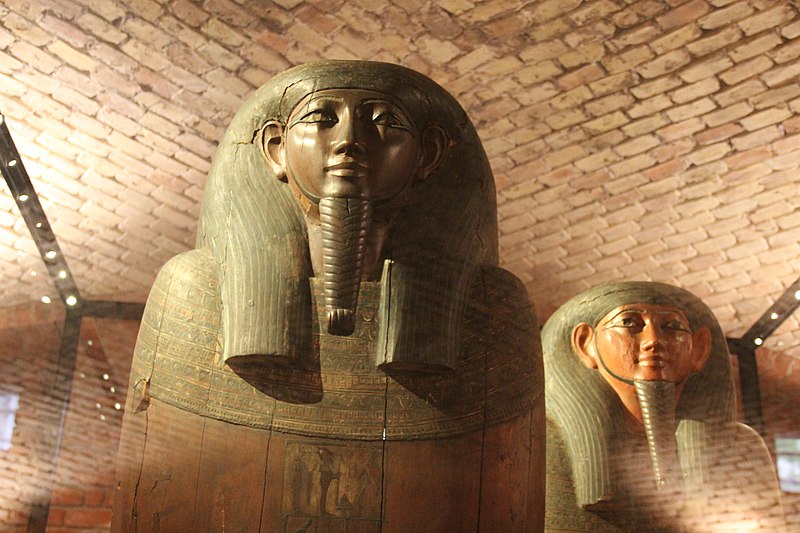
As old as civilization itself, vanity has existed, and the ancient Egyptians were no different. Both men and women had a reputation for donning a lot of makeup because they thought it would grant them protection from the gods Horus and Ra. The kohl used in these cosmetics was created by processing ores such as malachite and galena. Then it was lavishly applied using tools made of wood, bone, and ivory around the eyes. Both sexes used perfumes made of oil, myrrh, and cinnamon, and women would also use henna to dye their hands and fingernails and stain their cheeks with crimson paint. The Egyptians thought their cosmetics held healing properties, and they weren’t altogether mistaken: According to research, the lead-based cosmetics used along the Nile helped prevent eye infections.
Egyptians kept many animals as a pet
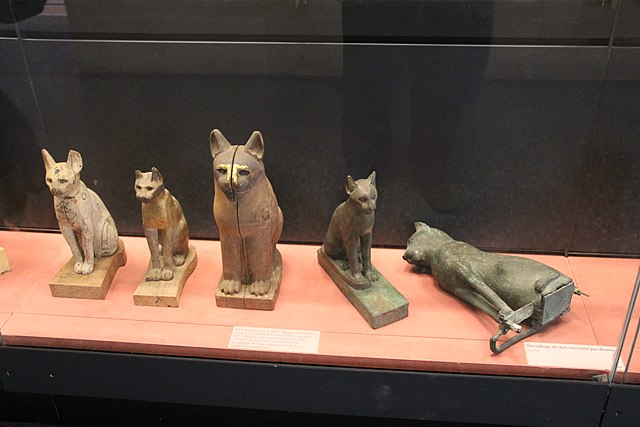
One of the earliest civilizations to have family pets was Egypt, which considered animals as manifestations of the gods. Cats, which were associated with the goddess Bastet, were particularly beloved by the Egyptians, but they also held hawks, ibises, dogs, lions, and baboons in high regard. In the Egyptian home, many of these animals occupied a special place, and after their owners passed away, they were frequently mummified and buried with them. Other animals had received specialized training to serve as helper animals. For instance, Egyptian police officers were renowned for using dogs and even trained monkeys to help them while on patrol.
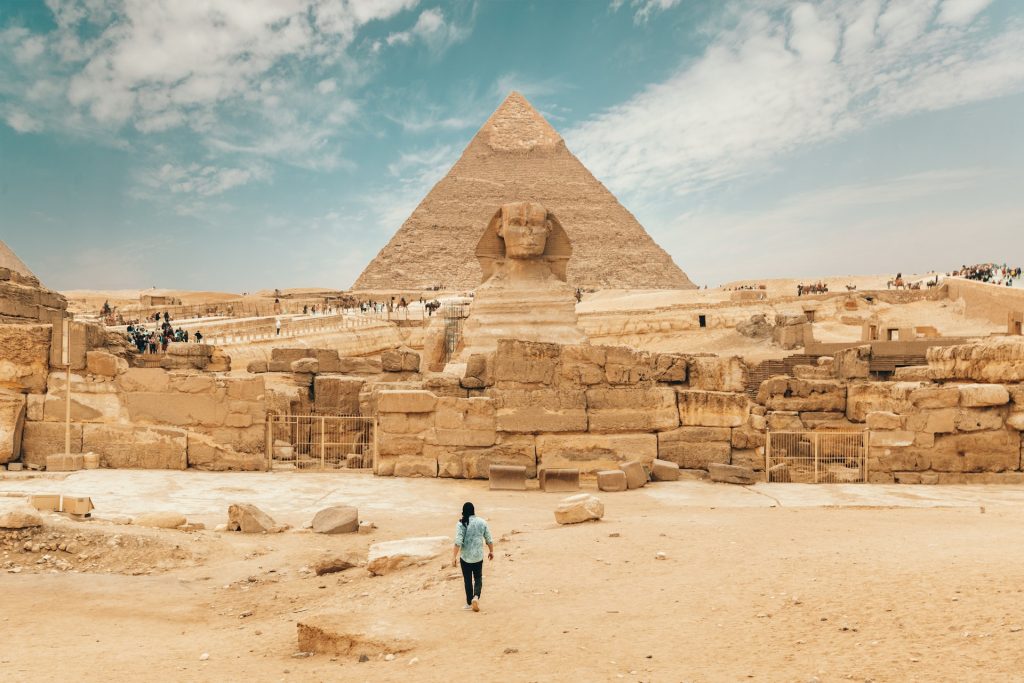


Pingback: Karnak Temple: A Fascinating Journey to Ancient Egyptian History